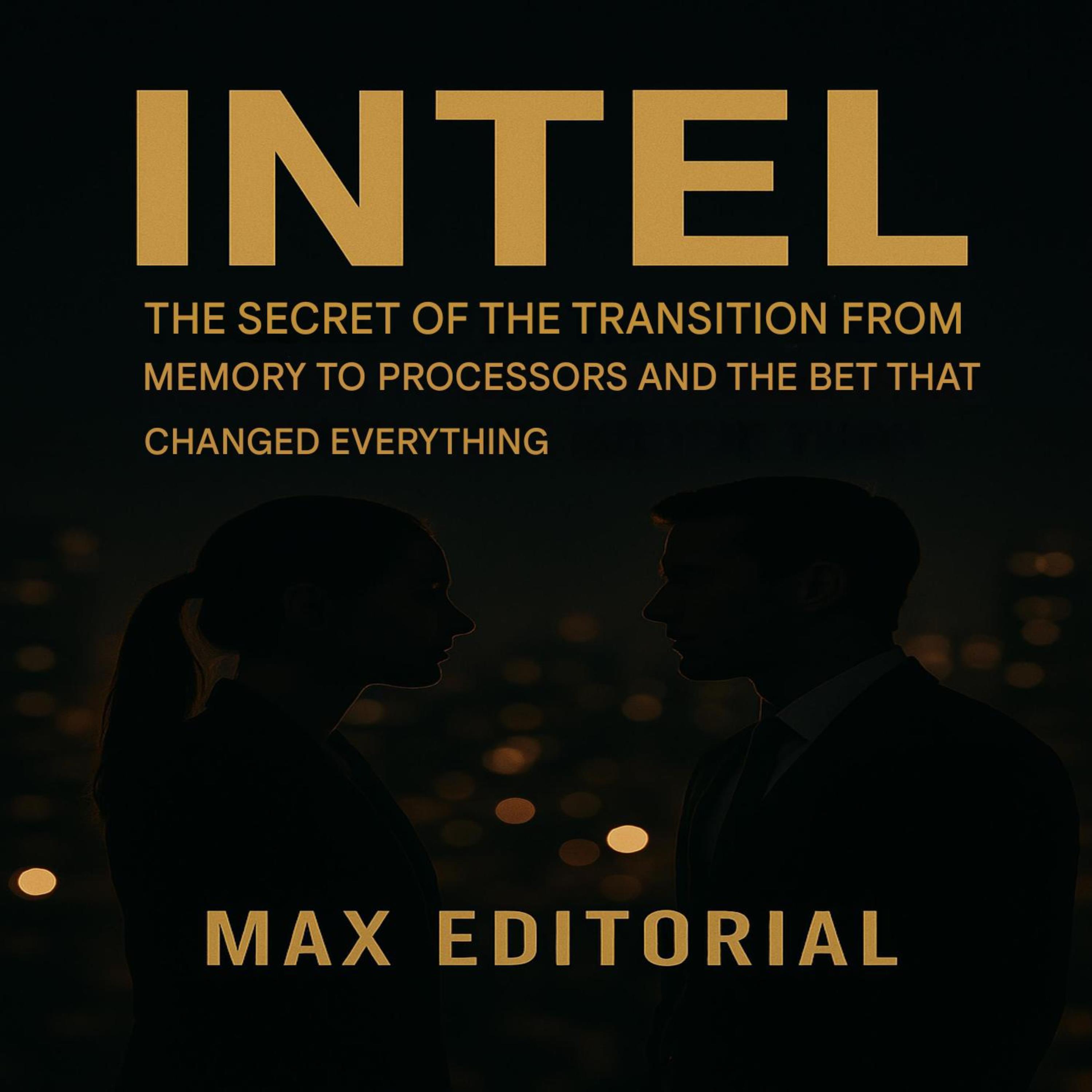The Origins of Intel and the Rise of a Giant
Intel's story begins in 1968, when two visionaries, Robert Noyce and Gordon Moore, left Fairchild Semiconductor to found their own company. Both were already prominent figures in the world of technology, with Noyce being a co-inventor of the integrated circuit and Moore formulating the famous Moore's Law, which predicted that the number of transistors on a chip would double every two years. Intel was created with the goal of revolutionizing the semiconductor industry, but its initial focus was not on processors, but on memory.
In its early years, Intel focused on developing semiconductor memories, specifically random-access memory (RAM). The company introduced its first static RAM, the 3101, in 1969, followed by the 1103, the first commercially viable dynamic random-access memory (DRAM), in 1970. The 1103 DRAM was an instant success and quickly became Intel's best-selling product, cementing the company as the leader in the memory market.
However, Intel's initial success in the memory market did not last forever. Competition began to grow, and Japanese companies entered the market with high-quality products at lower prices. Intel realized that it needed to diversify its portfolio in order to survive. It was in this context that the company began to explore other opportunities, including the development of microprocessors.
Practical Example: The 1103 DRAM
The 1103 DRAM was a milestone in the history of computing. Before it, computer memory was expensive and bulky, limiting the potential of computers. The 1103 allowed computers to be smaller, faster, and more affordable. A practical example of its impact was its use in the HP 9800 computer, one of the first desktop computers. The 1103 allowed the HP 9800 to be compact enough to fit on a desktop, something unthinkable before its invention.
